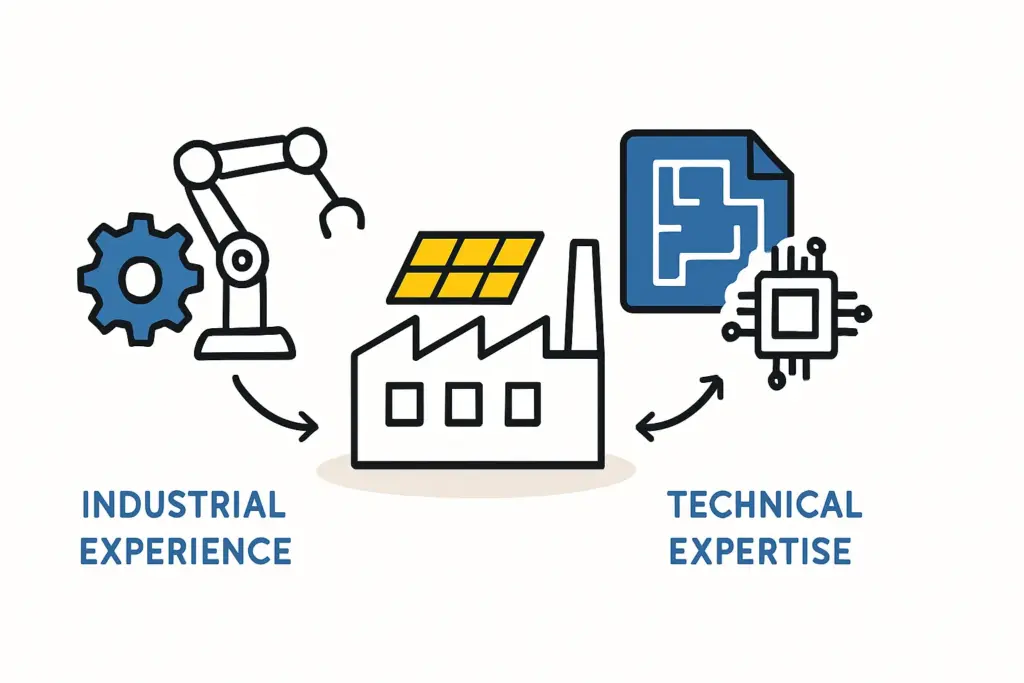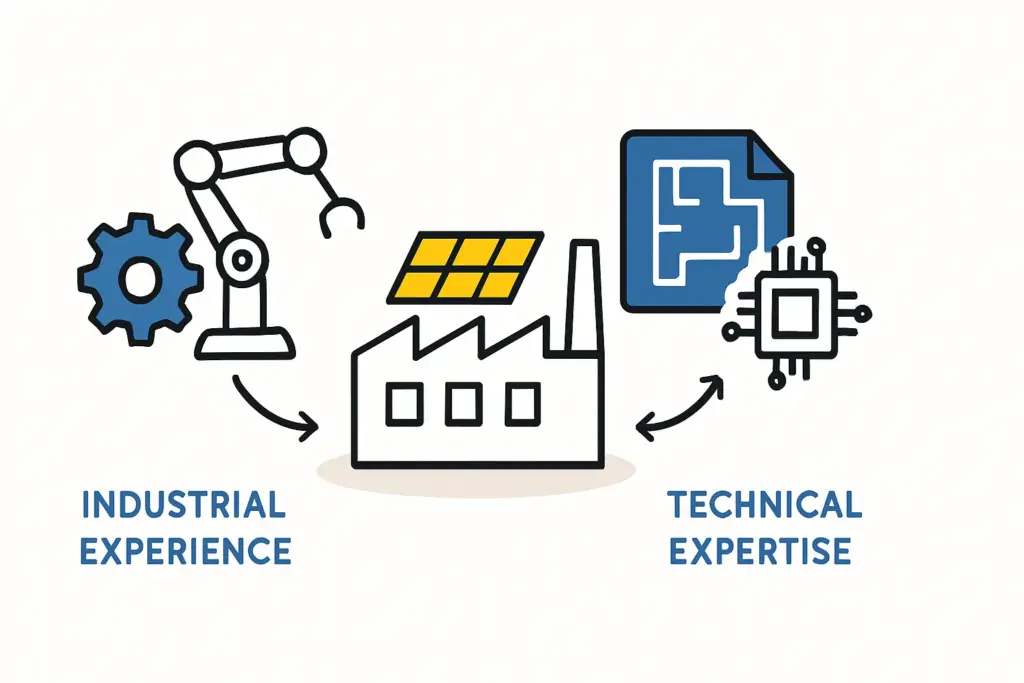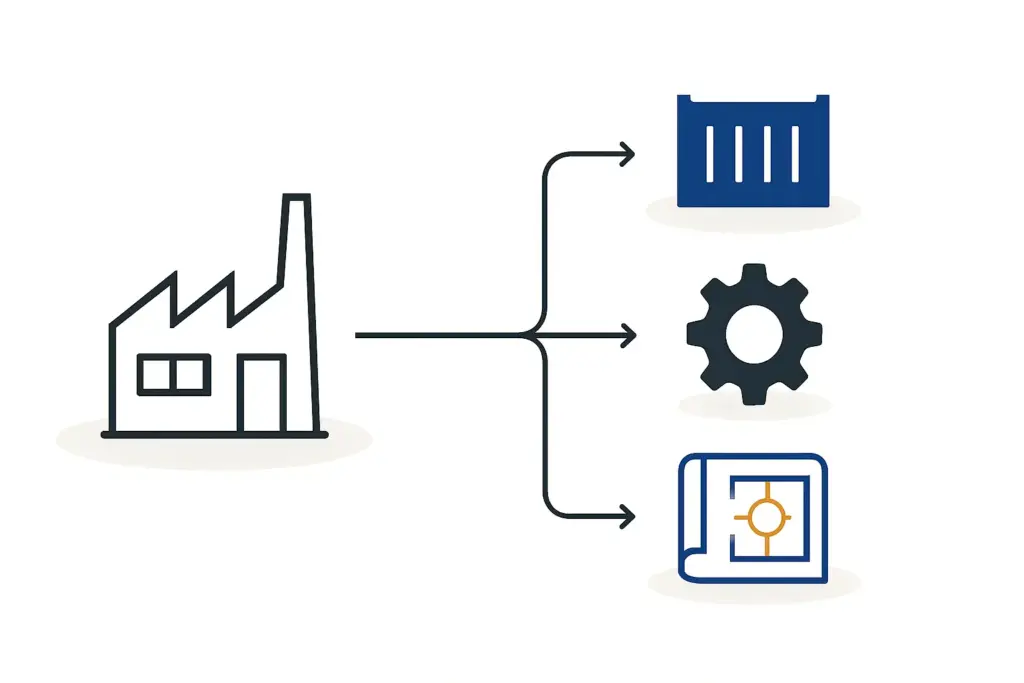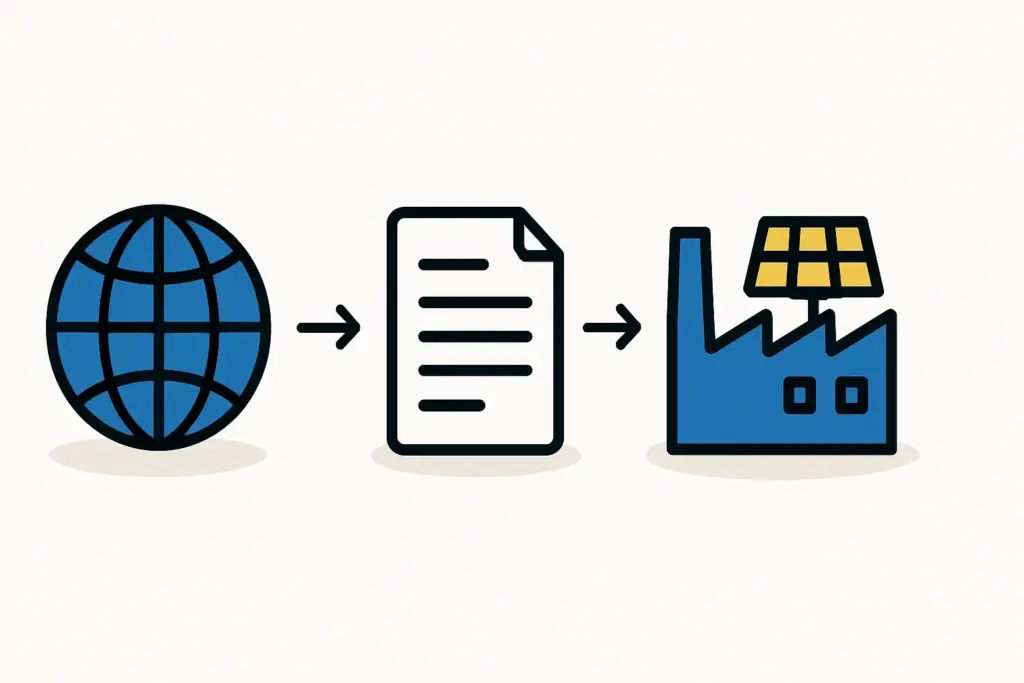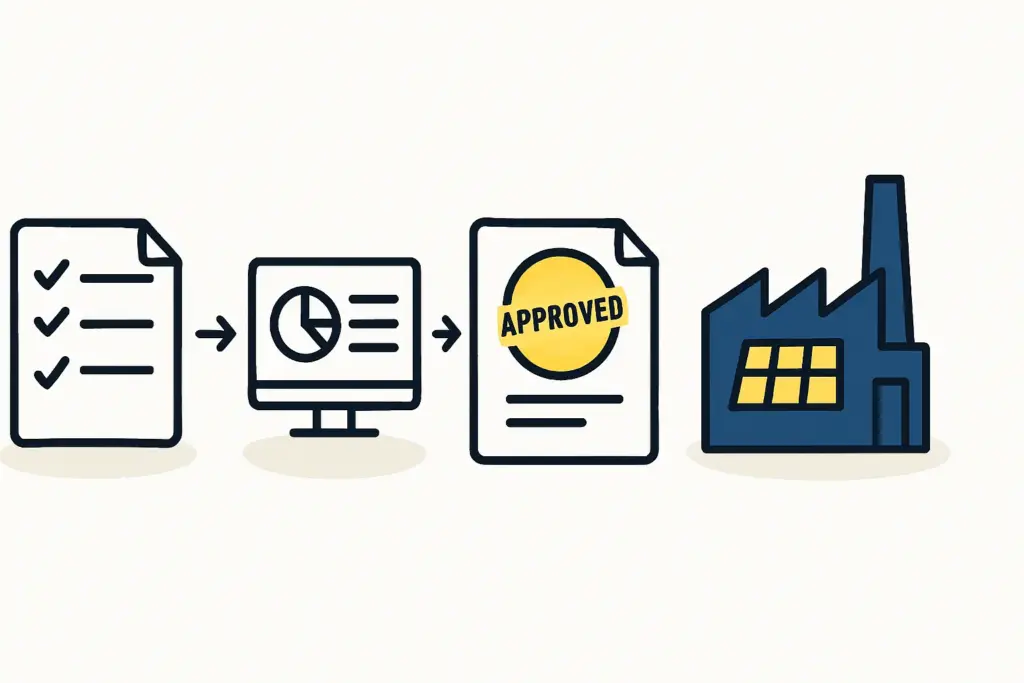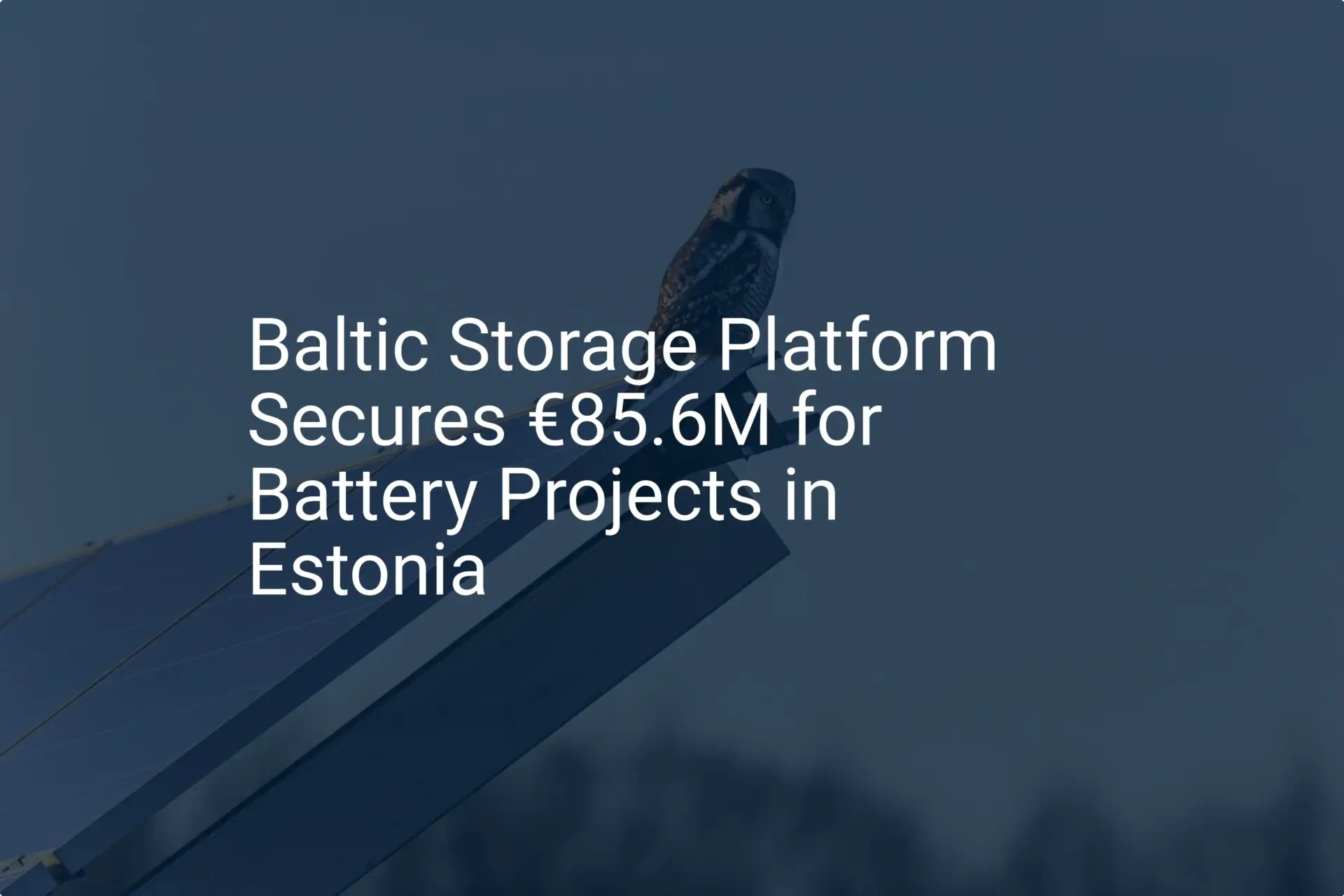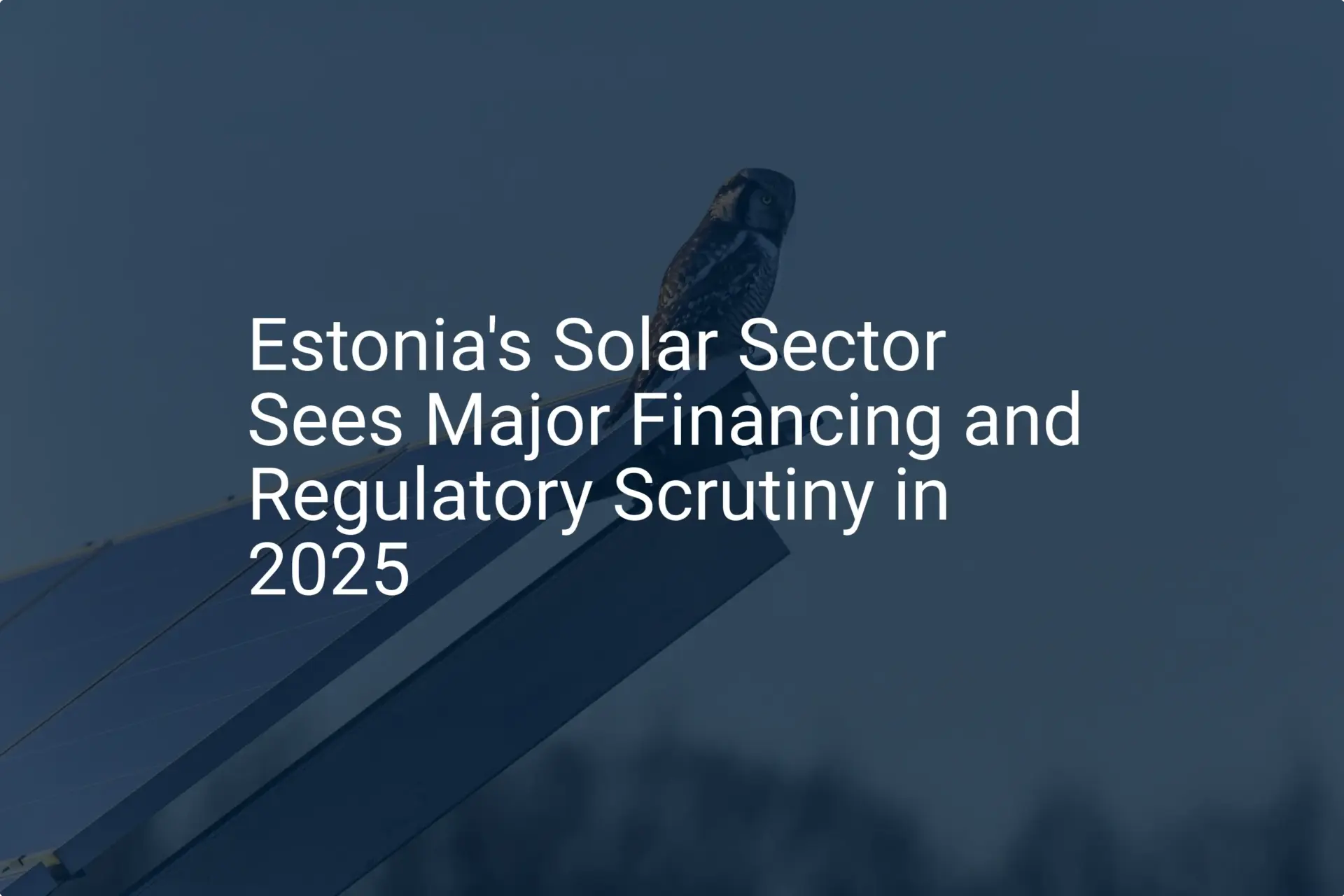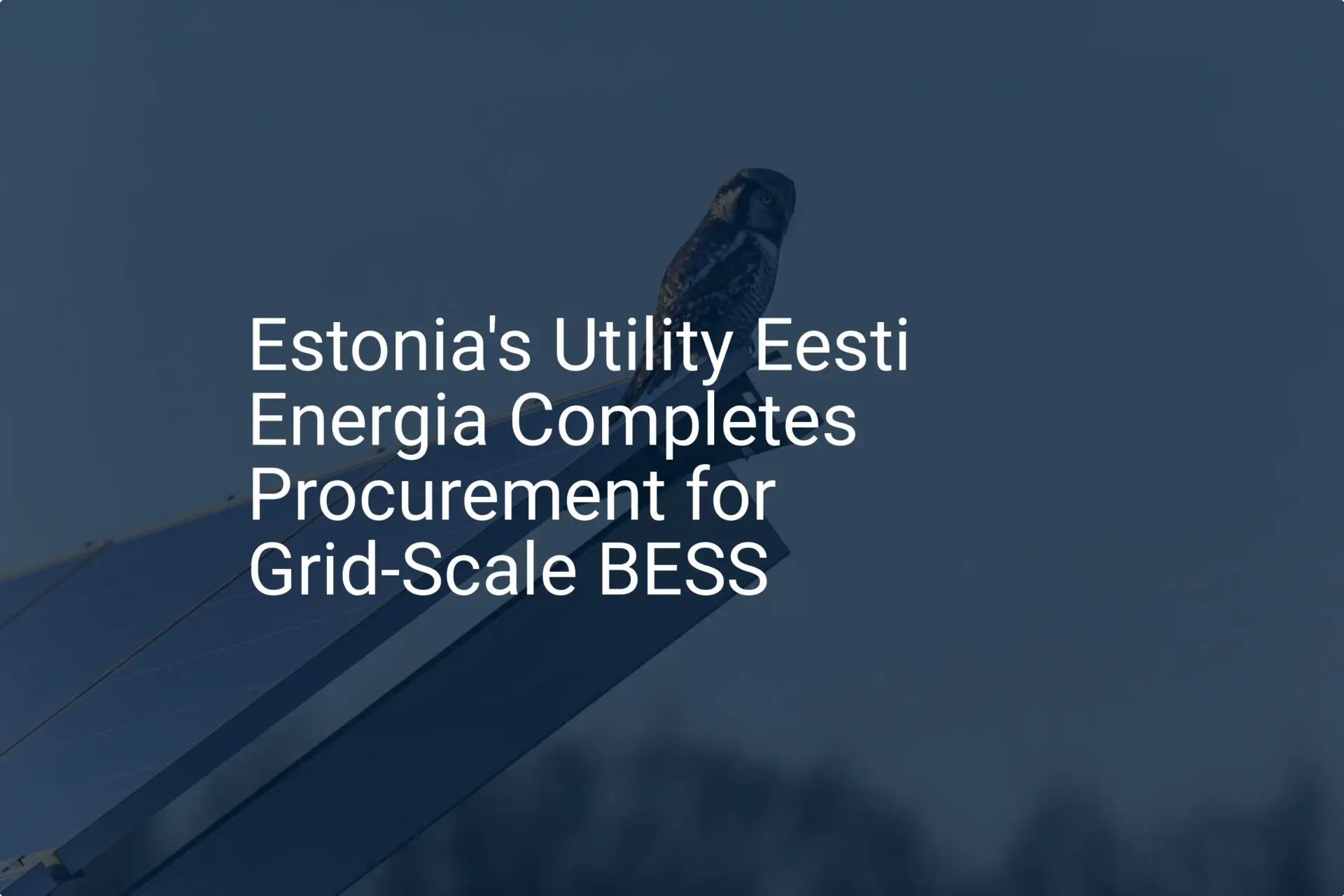Gain comprehensive insights into the statistics and metrics surrounding the solar production industry in Estonia
- Eesti Rahvusringhääling (2023, January 26). Sun worth chasing in Estonia. Retrieved January 5, 2025, from https://news.err.ee/1608863810/sun-worth-chasing-in-estonia
- Wagner Solar (n.d.). In Estonia solar plants popping up like mushrooms out of the ground. Retrieved January 5, 2025, from https://www.wagner-solar.com/en/power/references-solar-power/estonia-solar-plants
- Tranding Economics (2024, December). Estonia – Electricity prices: Medium size households. Retrieved January 5, 2025, from https://tradingeconomics.com/estonia/electricity-prices-medium-size-households-eurostat-data.html
- Elering (2024, April 2). The reliability rating of Elering’s power grid in 2023 was 99.99 percent. Retrieved January 5, 2025, from https://elering.ee/en/reliability-rating-elerings-power-grid-2023-was-9999-percent
- International Renewable Energy Agency (2024). Renewable energy statistics 2024. Retrieved November 24, 2024, from https://www.irena.org/-/media/Files/IRENA/Agency/Publication/2024/Jul/IRENA_Renewable_Energy_Statistics_2024.pdf
- Eesti Rahvusringhääling (2024, November 15). Estonia sets out 2035 expanded renewables, managed power vision. Retrieved January 5, 2025, from https://news.err.ee/1609522114/estonia-sets-out-2035-expanded-renewables-managed-power-vision
- CEE Bankwatch Network (2018, July 25). Estonia’s dirty secret. Retrieved January 5, 2025, from https://bankwatch.org/blog/estonia-s-dirty-secret-oil-shale
- International Energy Agency (IEA) (2023, November). Energy Policy Review. Retrieved January 5, 2025, from https://iea.blob.core.windows.net/assets/8b462840-c9a6-4f71-81eb-d5acd1213e68/Estonia2023.pdf
- Statistics Estonia (2023, September 13). Oil shale electricity production increased last year. Retrieved January 5, 2025, from https://stat.ee/en/news/oil-shale-electricity-production-increased-last-year
- Cigre (2018). The Electric Power System – Estonia. Retrieved January 5, 2025, from https://www.cigre.org/userfiles/files/Community/NC/2018_National-power-system_Estonia.pdf
- Energy Efficiency (2024, November 12). Comparing Solar PV Per Capita across Europe. Retrieved January 5, 2025, from https://energyefficiency.ie/blog/comparing-solar-pv-per-capita-across-europe/
- Arenguseire foresight centre (n.d.). Active consumers in the future energy system. Development trends up to 2040. Retrieved January 5, 2025, from https://arenguseire.ee/en/reports/active-consumers-in-the-future-energy-system-development-trends-up-to-2040/
- Open Infra map (n.d.). All 849 power plants in Estonia. Retrieved January 5, 2025, from https://openinframap.org/stats/area/Estonia/plants
- Estonian world (2023, November 3). Within three years, solar power may meet half of Estonia’s electricity needs. Retrieved January 5, 2025, from https://estonianworld.com/technology/within-three-years-solar-power-may-meet-half-of-estonias-electricity-needs/
- Argus media (2024, February 13). Estonia’s Elering to connect 2.7GW of RES in 2024-27. Retrieved January 5, 2025, from https://www.argusmedia.com/en/news-and-insights/latest-market-news/2537641-estonia-s-elering-to-connect-2.7gw-of-res-in-2024-27
- Energy News (2024, October 7). Estonia: the largest solar park in the Baltic States is now operational. Retrieved January 5, 2025, from https://energynews.pro/en/estonia-the-largest-solar-park-in-the-baltic-states-is-now-operational/
- Palgad (n.d.). Salaries in Estonia. Retrieved January 5, 2025, from https://www.palgad.ee/en/salaries-in-country
- World salaries (n.d.). Average Solar Engineer Salary in Estonia for 2025. Retrieved January 5, 2025, from https://worldsalaries.com/average-solar-engineer-salary-in-estonia/
- World salaries (n.d.). Average Solar Photovoltaic Installer Salary in Estonia for 2025. Retrieved January 5, 2025, from https://worldsalaries.com/average-solar-photovoltaic-installer-salary-in-estonia/
- Worldometers (n.d.). Estonia population. Retrieved January 5, 2025, from https://www.worldometers.info/world-population/estonia-population/
- Company space (n.d.). Warehouse for rent in Estonia. Retrieved January 5, 2025, from https://www.companyspace.com/estonia/rent/warehouses?srt_field=price&srt_dir=desc
- Global Petrol Prices (2024, March). Retrieved January 5, 2025, from https://www.globalpetrolprices.com/Estonia/electricity_prices/
- Eesti Rahvusringhääling (2024, August 14). Wide variation in water rates to consumers across Estonia. Retrieved January 5, 2025, from https://news.err.ee/1609424176/wide-variation-in-water-rates-to-consumers-across-estonia
- Company space (n.d.). Commercial rentals in Estonia. Retrieved January 5, 2025, from https://www.companyspace.com/estonia/commercial-space-rent?srt_field=price&srt_dir=desc
- Statista (2024, September). Non-life insurances – Estonia. Retrieved January 5, 2025, from https://www.statista.com/outlook/fmo/insurances/non-life-insurances/estonia#gross-written-premium
- Enerdata (2024, March). Estonia energy report. Retrieved January 5, 2025, from https://www.enerdata.net/estore/country-profiles/estonia.html
- Wikipedia (n.d.). Energy in Estonia. Retrieved January 5, 2025, from https://en.wikipedia.org/wiki/Energy_in_Estonia
- European Commission (n.d.). Policies in Estonia. Retrieved January 5, 2025, from https://clean-energy-islands.ec.europa.eu/countries/estonia/legal
- The Baltic Times (2024, November 27). Public buildings must produce solar energy by 2027. Retrieved January 5, 2025, from https://www.baltictimes.com/public_buildings_must_produce_solar_energy_by_2027/
- Enefit (n.d.). Complete solar energy solution. Retrieved January 5, 2025, from https://www.enefit.ee/en/era/taastuvenergia/paikesepaneelid
- ReGlobal (2020, November 11). Estonian government to compensate rise in renewable energy fee. Retrieved January 5, 2025, from https://reglobal.org/estonian-government-to-compensate-rise-in-renewable-energy-fee/
- Eesti Rahvusringhääling (2024, March 10). Undersecretary: Half of Estonian solar farms built without subsidies. Retrieved January 5, 2025, from https://news.err.ee/1609277445/undersecretary-half-of-estonian-solar-farms-built-without-subsidies
- Enefit (2024, April 23). The application process has started! KredEx opened the grant for the installation of solar panels and battery storage. Retrieved January 5, 2025, from https://www.enefit.ee/en/-/blogi/taotlemine-on-alanud-kredex-avas-toetuse-paikesepaneelide-ja-akusalvesti-paigaldamiseks
- Invest in Estonia (2024, July). Estonia sets its sights on 100% renewable energy by 2030. Retrieved January 5, 2025, from https://investinestonia.com/estonia-sets-its-sights-on-100-renewable-energy-by-2030/
- Aenert (2024, December 24). The energy industry in Estonia. Retrieved January 5, 2025, from https://aenert.com/countries/europe/energy-industry-in-estonia/
- EBRD (n.d.). KC Pihlaka Solar PV. Retrieved January 5, 2025, from https://www.ebrd.com/work-with-us/projects/psd/54611.html
- Tartu (2021, August 30). City’s educational buildings to receive solar power plants. Retrieved January 5, 2025, from https://www.tartu.ee/en/news/citys-educational-buildings-receive-solar-power-plants
- ENF solar (n.d.). Solar System Installers in Estonia. Retrieved January 5, 2025, from https://www.enfsolar.com/directory/installer/Estonia
- Aeroleads (n.d.). Best solar companies in Estonia in 2025. Retrieved January 5, 2025, from https://aeroleads.com/list/top-solar-companies-in-estonia





